In this article, we will guide you through the crucial steps of balancing your garage door to ensure optimal performance and longevity.
Balancing a garage door is a critical aspect of maintaining its functionality and safety. If your garage door seems off-kilter or isn’t operating as smoothly as it should, it may need balancing.
This process involves adjusting the springs to ensure the door opens and closes evenly, reducing strain on the door opener and prolonging its lifespan.
In this article, you’ll find a detailed, step-by-step guide on how to balance your garage door, covering everything from the tools you’ll need to the safety precautions you should take.
Whether you’re a seasoned DIY enthusiast or a novice, this guide will help you get your garage door balanced and functioning optimally in no time.
Key takeaways:
- Balancing a garage door ensures optimal performance and longevity.
- Unbalanced doors put strain on components and pose safety risks.
- Safety precautions are necessary when working with springs.
- Specific tools like clamps, wrenches, and ladders are needed.
- Follow steps to check balance and make adjustments carefully.
Garage Door Types: Torsion Spring or Extension Spring
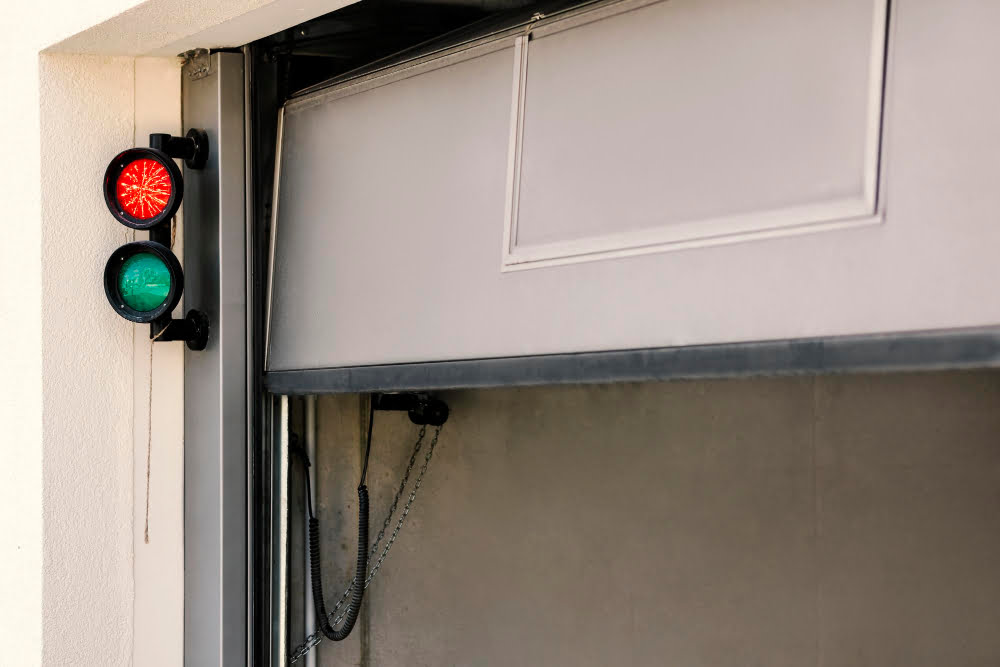
There are two primary types of springs used in most garage doors. Torsion springs are typically mounted directly above the door and function by slowly twisting and coiling on shafts when force is applied (i.e., your garage door is lowered).
On the contrary, extension springs are positioned on either side of the garage door and expand and contract as the door operates.
Identifying which type of spring your door uses is essential for proper balancing, due to their different adjustment methods.
Why a Garage Door Needs Balancing
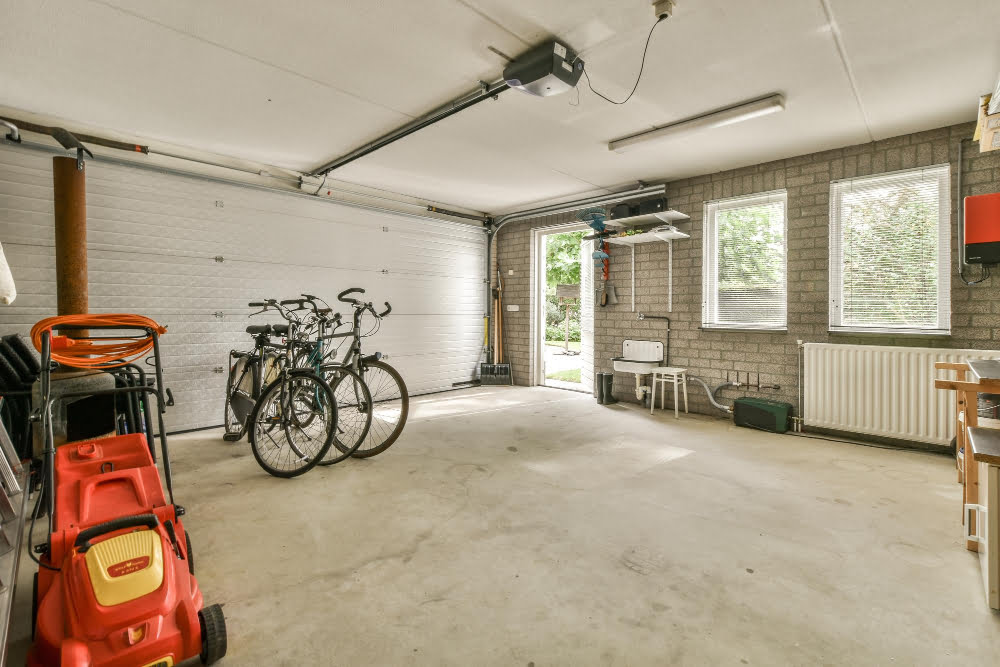
Maintaining proper balance is crucial for the optimal operation of a garage door. Unbalanced doors have a diminished lifespan as imbalances put unnecessary strain on the door’s components, leading to potential premature wear and tear.
An off-balance door is notably more challenging to open or close, which can be an inconvenience for homeowners and even lead to accidents. Also, if the garage door isn’t balanced, it may not be able to fully close, thus posing a security risk.
Additionally, an unbalanced garage door significantly hampers the effectiveness of the garage door opener. Sequentially, the constant tugging at an imbalanced door can make the door opener overheat, hence shortening its lifespan.
Lastly, an optimally balanced door ensures adequate sealing at the bottom, conserving energy by minimizing heat loss, particularly essential for attached garages where energy conservation is paramount.
Safety Considerations for Balancing a Garage Door
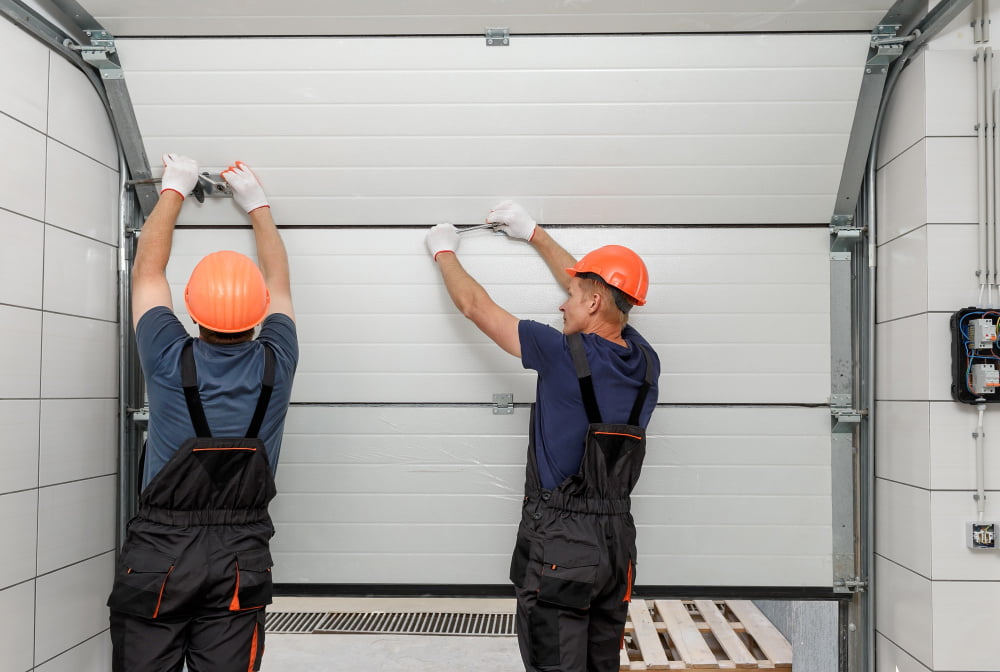
Before embarking on any home improvement task, safety always comes first. Balancing a garage door entails working with large, heavyweight overhead doors and potent springs that possess high tension levels, necessitating preventive measures.
Firstly, ensure you have appropriate protective gear: Safety glasses, gloves, and sturdy footwear can shield you from potential injuries. Secondly, beware of loose, worn out, or damaged parts. A visual inspection can help identify any visible signs of wear and tear, which should be addressed by a professional.
Warnings regarding torsion springs cannot be taken lightly; these springs are under significant pressure, and any mishandling can lead to serious harm. Thus, if your garage door operates with torsion springs, consider procuring professional assistance rather than pursuing a do-it-yourself approach.
If your door is equipped with extension springs, few potential risks are present, given their less hazardous nature. However, misuse of tools or improper technique can still lead to accidents, reminding all homeowners to handle the task with care.
Lastly, it’s advisable to have a helper. An extra pair of hands can lend stability when manipulating the door and also provide timely aid in case of unexpected situations.
Equipment / Tools for Balancing a Garage Door
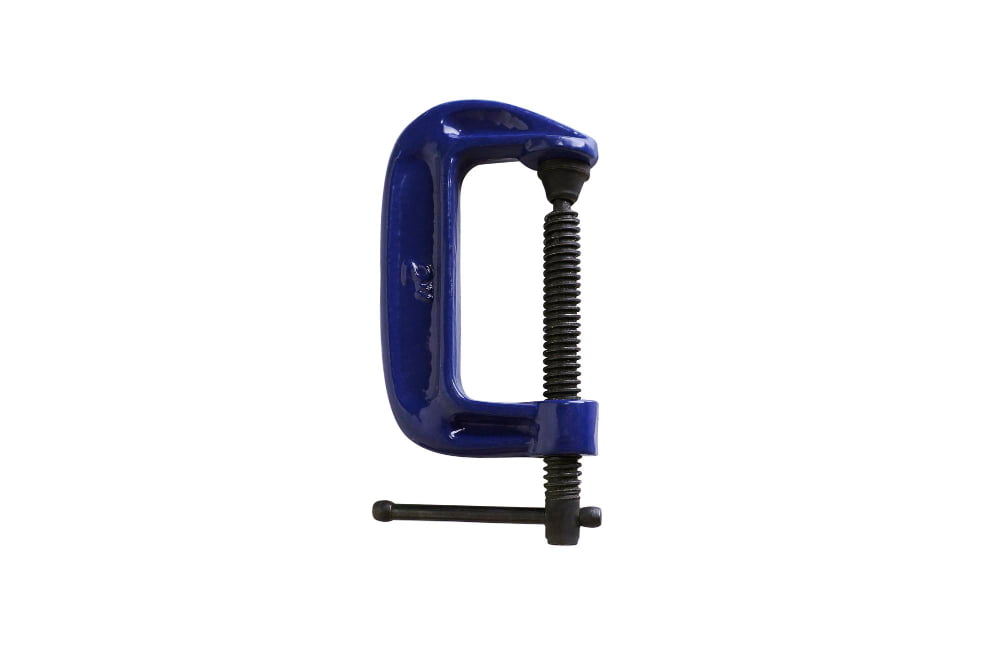
To conduct a garage door balancing exercise, specific tools are a necessity, crucial for successful task completion.
1. C-clamps: Vital for holding the garage door in place during adjustments, thus ensuring safety.
2. Adjustable Wrench: Used in the manipulation of set screws on the torsion spring, assisting in balance adjustment.
3. Ladders: Helpful to reach high components. A sturdy one ensures safety and practicality during the process.
4. Pliers: Aid in clutching and adjusting components, particularly for extension spring doors.
5. Marker or Chalk: Used to mark certain positions during the balancing process, ensuring accuracy of adjustments.
6. Measuring Tape: Essential for getting precise measurements, thus facilitating an accurate balancing job.
Take note, having a second person available can offer additional safety during the process. This task requires a meticulous approach, hence having the correct equipment facilitates an efficient process. Excellent quality tools not only ensure an accurate balancing job but also minimize potential hazards.
What You’ll Need to Balance a Garage Door
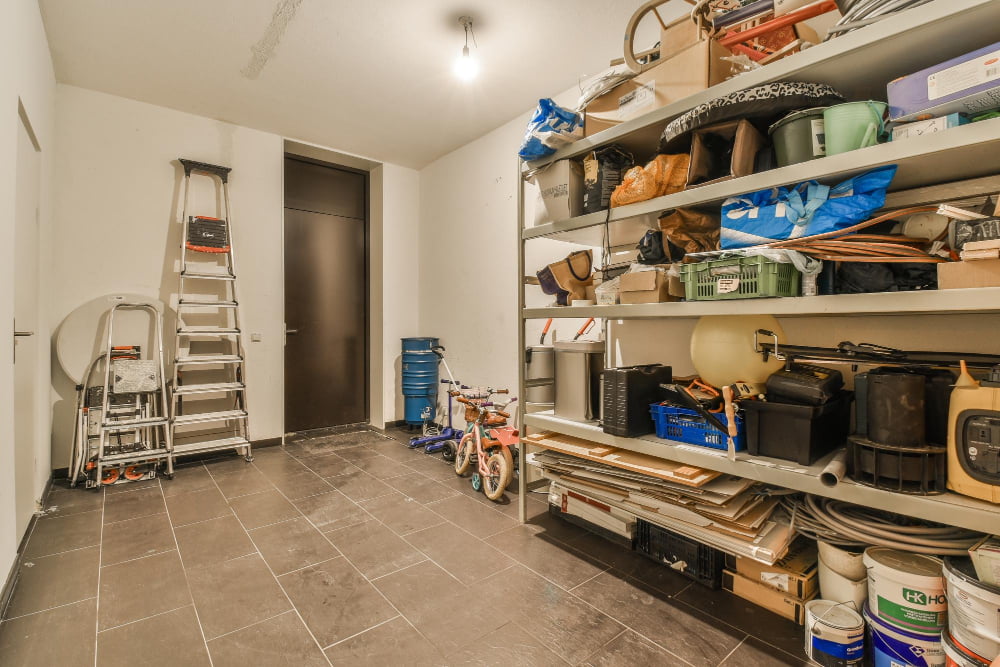
For effective garage door balancing, appropriate equipment is essential.
1. Ladder: To access hard-to-reach areas involved in the balancing process.
2. C-clamp or Pliers: These are used to hold the garage door in place while making adjustments.
3. Adjustable Wrench: For making precise adjustments to the tension in the door springs.
4. Marking Pencil: Must be trusted to record specific positions of the springs or any other part.
5. Safety Goggles: To protect your eyes from any flying debris during the adjustment process.
6. Gloves: These provide a firm grip and keep your hands protected.
7. Tape Measure: To ensure accurate measurements for spring adjustments.
8. Level: A bubble level is crucial to confirm balance.
Handling these tools with care will significantly streamline the process, minimizing the risk of damage to the garage door or personal injury. Remember, a perfectly balanced door extends its lifespan and enhances its performance.
Instructions: How to Check If a Garage Door Is Balanced
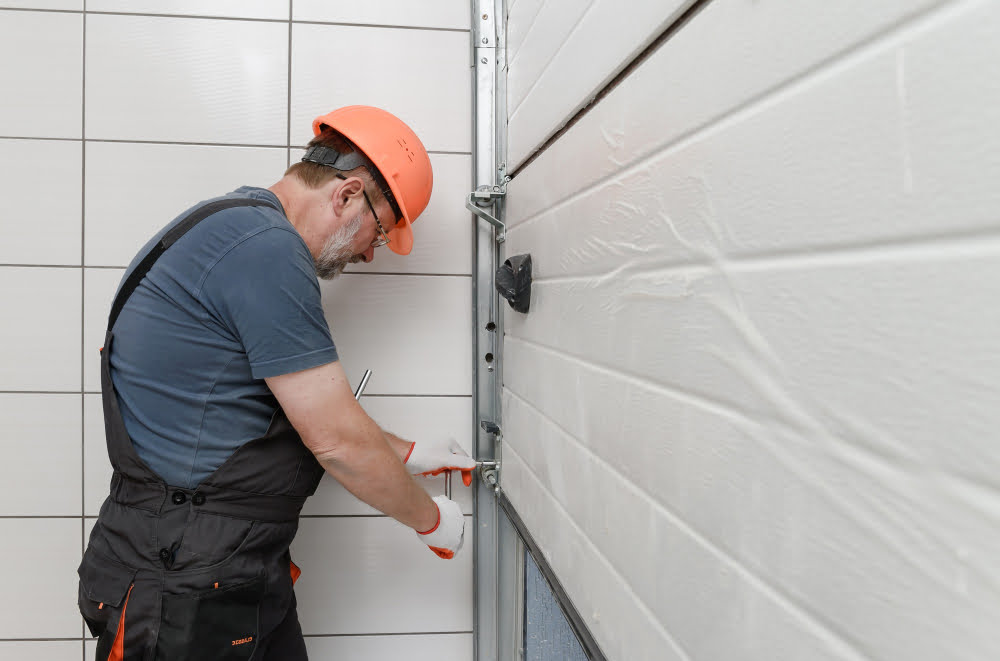
Firstly, disconnect the automatic opener if you have one. This can be done by pulling the red emergency release cord downwards while the door is closed.
Secondly, lift the door manually until it’s halfway up, and then let go. A well-balanced door should stay put; if it falls rapidly, the springs are too loose. In contrast, if it flies up, they’re too tight.
Lastly, raise the door to the top and let go. It should stay up. If it plunges downwards, the springs are too loose, if it keeps going up, the springs are too tight.
Remember to stay safe during these checks and avoid standing directly under the door during testing.
Steps to Lower Garage Door and Check Balance
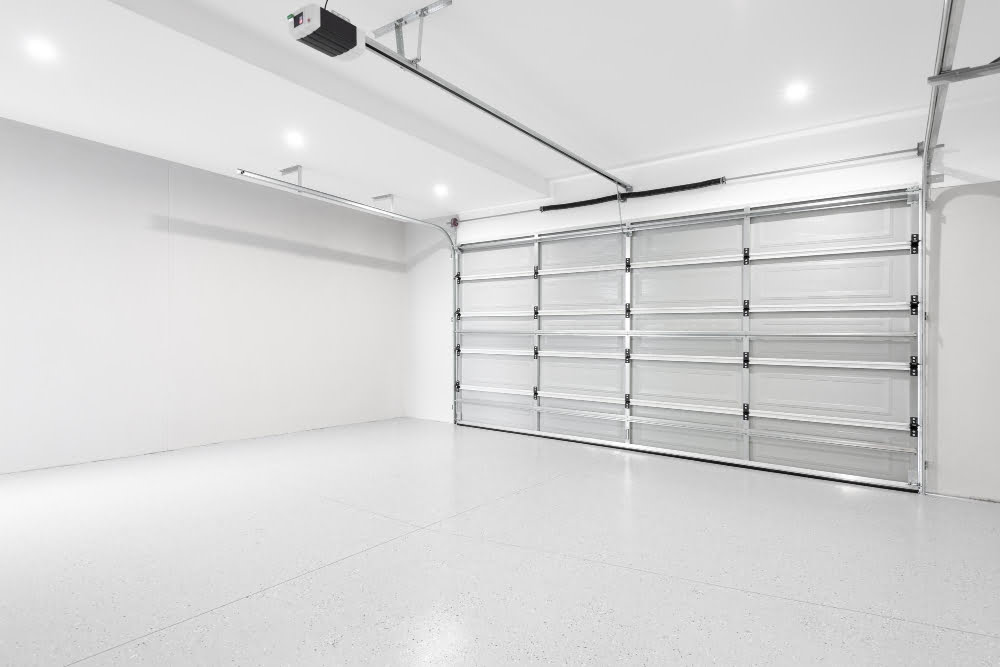
Begin by ensuring your garage door is entirely closed. Disconnect the garage door opener—if present—by pulling on the emergency release cord, typically a bright red handle hanging from the center rail of the door.
Keep in mind, a properly balanced garage door should be able to stay in place when lifted or lowered to any position. To test this, using your hands, cautiously lift the door. It should lift with minimal resistance and halt in place if you let go. If this happens, the door is well balanced.
On the other hand, if the door is difficult to lift or falls quickly when let go, there is a high chance it’s unbalanced. The issue may lie with the springs—either torsion or extension—that bear the weight of the door. If this is the case, further adjustment will be needed to restore balance.
Procedures to Raise Garage Door to Halfway Point and Check Balance

Disengage the garage door opener by pulling the emergency release cord. With the door fully closed, manually lift the garage door. It should raise with minimal effort.
Gather it to the halfway point and let go. A well-balanced door will remain in place, signifying correct tension in its springs. If it falls rapidly, the springs are too loose. Conversely, if it springs up, they’re too tight.
Pay attention to any jerky movements or noises. Such signs could also indicate a balance problem, necessitating spring adjustment.
Procedure to Lock Door in Place for Adjustment
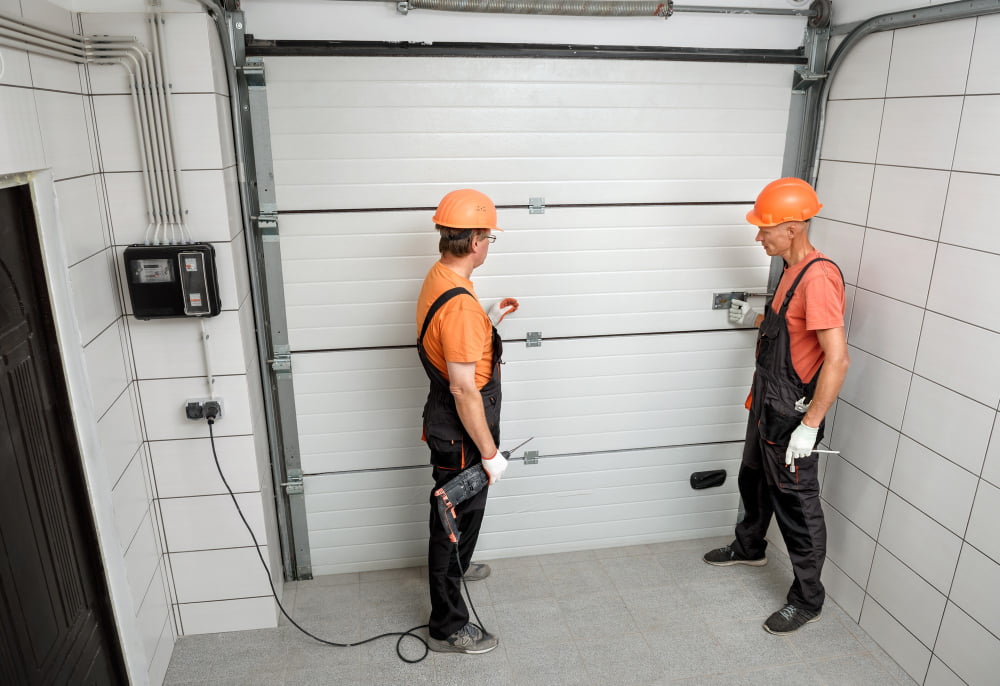
To get started, lift the garage door to its maximum height using the automated opener. Use a pair of vice grips, or a similar tool, to securely lock the track just below the bottom roller on the door. This will prevent the door from dropping suddenly and causing injury.
It’s essential to make sure that the door is safely immobilized before proceeding with any adjustments for optimal safety.
For added stability, you can also place C-clamps on the track on both sides of the door.
With these measures in place, you’re ready to move forward with the balance adjustments.
Instructions to Loosen Set Screws
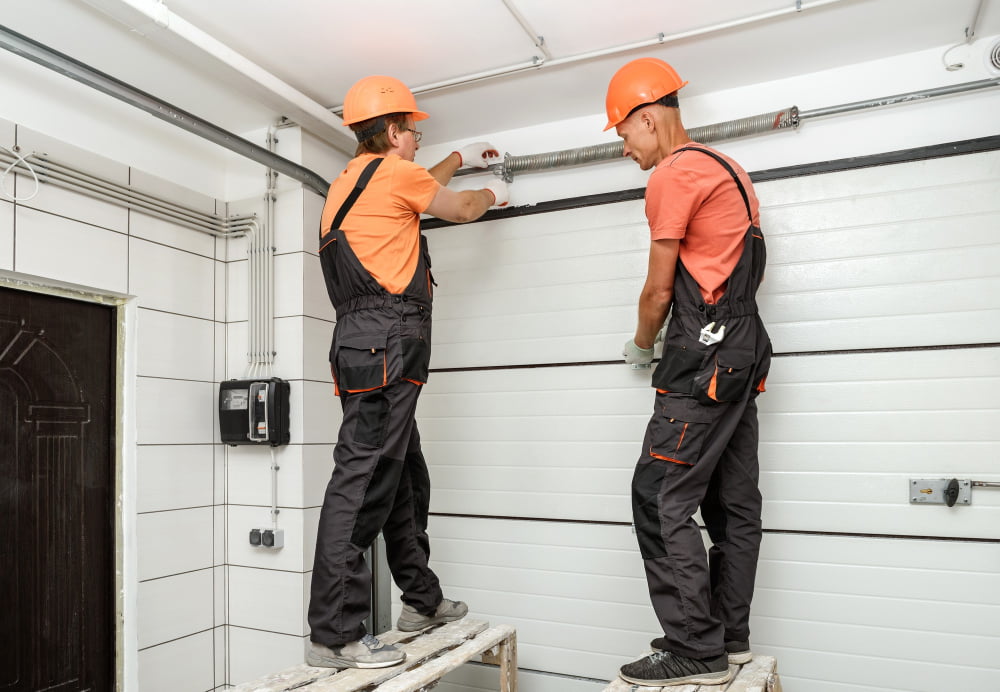
Proper equipment should be at your disposal – a good set of wrenches is fundamental. Find the set screws on the spring shaft collar. Traditionally, they are located on a collar close to the spring. Be careful not to confuse the set screws with the drum set screws, which are on the wheel track.
To ensure safety, two sturdy ladders should be involved, not just one. Place them on either side of the spring shaft. Should an unforeseen event occur, you’ll have an extra safety measure.
Next, make sure the garage door opener is unplugged. This eliminates any chance of an accidental power-up during this delicate process.
Now, using the wrenches, cautiously loosen the screws just a little. The garage door is under extreme pressure, so minimal movements are key. No more than one-quarter to one-half turn should be made at a time. Proceed to the balancing procedure, adjusting as necessary, before finally re-tightening the screws.
How to Balance a Garage Door (Torsion Spring)
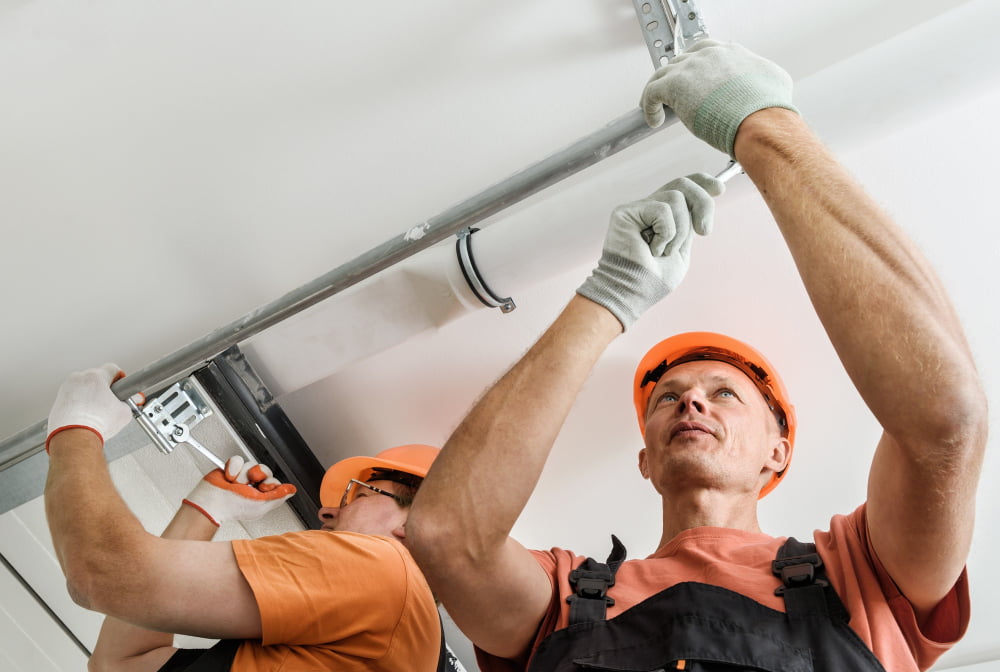
The balancing process of a torsion spring garage door often requires precision and care, primarily due to the level of tension these springs hold.
Keeping to a step-by-step approach, follow these steps:
- Disconnect the garage door from the opener to manually control its movements.
- Place a step ladder under the torsion spring to get a well-angled reach.
- Next, you’ll need two winding bars. Never substitute these with screwdrivers, as handling the torsion springs can be dangerous.
- Now, insert one winding bar into the bottom hole of the winding cone (situated on the spring), apply firm upward pressure.
- Remove the bolts or screws while maintaining the upward tension.
- Slowly, let the torsion spring unwind by putting pressure on the winding bar. You’ll likely need the second winding bar here to efficiently manage the unwinding process.
- Count the number of turns as the spring unwinds. It’s necessary to know this number to correctly calculate the amount of tension needed when winding the spring back up.
- Once the unwinding is complete and your measurements are done, rewind the torsion spring using the winding bars, keeping the tension consistent.
- Finally, tighten the screws or bolts to secure the winding cone and get your garage door back to its balanced state.
Always remember that balancing a garage door with torsion springs can be a dangerous task if not done correctly and may cause serious injuries. If unsure, seek professional assistance.
Adjusting the Balance of Torsion Springs

Leveling a torsion spring is often the key to a balanced garage door. Here are the steps to achieve just that:
1. Carefully remove the winding bar: Keep a firm grip to control the spring’s force, as it can cause injury if handled incorrectly.
2. Adjust the spring tension: Turn the winding cone, located at the end of the spring. Turning it clockwise increases tension to help lift the door, while a counter-clockwise turn decreases tension, letting the door lower more freely.
3. Precision is key: Minor changes can drastically impact the door balance. A quarter turn can suffice.
4. Repeat on other springs: Dual-spring systems should be adjusted evenly to ensure consistent door movement.
5. Test the balance: Raise and lower the garage door to observe movements. Incorrect tension might require readjustment.
Remember to apply the same meticulous nature to each step, as your attention to detail can determine your success in this balancing act.
Warning: Safety Precautions With Torsion Spring

It’s crucial to stress that dealing with torsion springs requires a high level of caution due to the enormous amount of potential energy stored within them. This energy can cause severe injury if the spring is unintentionally released.
Here’s how to stay safe:
- Always wear protective gear: This includes safety glasses, gloves, and sturdy shoes.
- Never touch the spring or the cables when the door is open: When the garage door is raised, the springs are under tension and could snap unexpectedly.
- Limit DIY: If the spring needs more than a minor adjustment, involving a professional is the best approach.
- Use proper tools: Make sure to use the correct, sturdy tools that are designed for the task.
- Clear the area: Ensure that children, pets, and unnecessary items are far from the workspace.
- Stay focused: Concentration is key. One careless move can result in injury.
Remember, it’s always better to be safe than sorry. If in doubt, reach out to a professional!
Correcting the Balance of Side-Mounted Springs
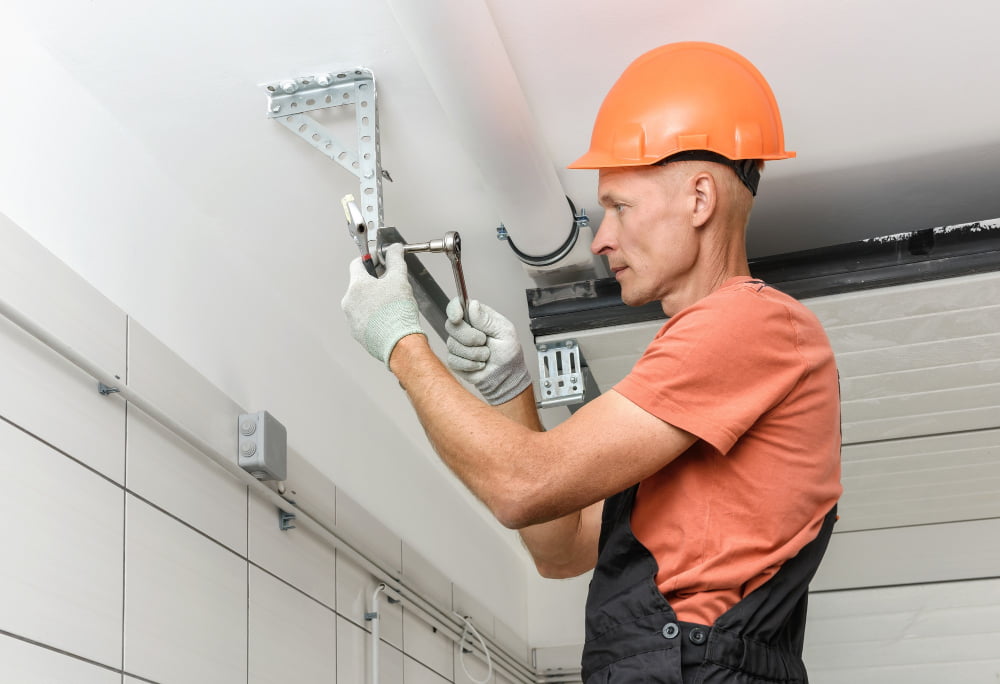
To start balancing side-mounted springs, you’ll need two winding bars, inserted into the holes on the winding cone, located at the end of the spring. Make sure you utilize sturdy winding bars designed for this purpose to prevent accidents.
Firstly, cautiously loosen the set screws on the winding cone. While performing this step, it’s essential to keep the bars in position as spring tension can cause the bars to lash out if unsecured.
Following this, you’ll need to rotate the bars in an upward motion to increase tension. Bear in mind, one quarter turn is equivalent to about a half-inch movement in the door height.
To decrease the tension, rotate the bars downwards. Always remember to adjust both left and right springs equally to maintain a level door. Once the door is balanced, tighten back the set screws on the winding cone before conducting another balance check.
Use caution throughout the process. Garage door springs are under considerable tension, making them potentially dangerous if mishandled. It’s always advisable to consult a professional if in doubt.
FAQ
Can I balance my own garage door?
Yes, balancing your own garage door is certainly achievable as a DIY project usually completed within an hour, regardless if your garage door operates on a torsion spring or extension springs mechanism.
What causes a garage door to go out of balance?
A garage door goes out of balance when the tension of its torsion or extension springs is either insufficient to counterbalance the door’s weight or excessively exerting too much pressure.
What tools are required for balancing a garage door?
To balance a garage door, one requires a ladder, C-clamps or vice grips, a level, and safety glasses.
How frequently should a garage door balance be checked?
A garage door balance should be checked at least twice a year for smooth operation and prevention of potential damages.
What are the dangers of operating an unbalanced garage door?
Operating an unbalanced garage door can lead to premature wear and tear of garage door components, cause inefficient operation which could increase energy costs, and pose safety risks due to potential sudden and rapid closure.